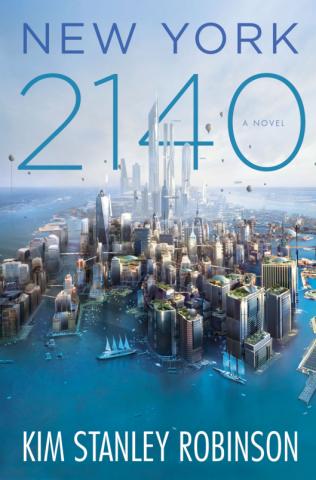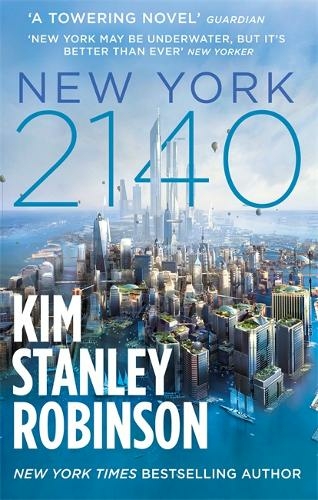

Robinson’s New Yorkers engage in all four – and Robinson’s vision of accommodation is profoundly richer than in the imaginings of adaptation strategies developed by national, state and local governments. There are four basic ways coastal communities can respond to sea-level rise: suffering damage, developing protective infrastructure, finding ways of accommodating flooding and retreating from the coast. And it’s a hope we’ll dearly need in the Anthropocene, the Anthropocide, the Capitalocene, the Chthulucene, postnormality, whatever you want to call the coming bad years that, with each flood and drought and wildfire and “superstorm,” we have to realize have already begun - our own shared moment of danger, as it now begins to wash up over our beaches, breach our levees, flash up at us in an ever-rising tide. New York 2140 truly is a document of hope as much as dread and despair. New York 2140 stands as the first major science fictional artifact of the Trump era, anticipating even in its articulation of the conditions of victory the fragility of progress and the likelihood of reversal. It is undeniably clear that Robinson’s project has become the construction of a huge metatextual history of the future, not unlike those sagas imagined by Asimov or Heinlein in the Golden Age of Science Fiction. New York 2140 is an extraordinary and unforgettable novel, from a writer uniquely qualified to the story of its future.At times, the book actually felt a bit over-researched to me, with too many characters talking about what used to be at this site or that, before the flood, but I came to understand that this was not simply as-you-know-Bob overexposition it was also a token of the immense trauma they and everyone in Future New York is still living through. Lastly there are the coders, temporary residents on the roof, whose disappearance triggers a sequence of events that threatens the existence of all- and even the long-hidden foundations on which the city rests.


Then there are two boys who don't live there, but have no other home- and who are more important to its future than anyone might imagine.

There is the internet star, beloved by millions for her airship adventures, and the building's manager, quietly respected for his attention to detail. There is the detective, whose work will never disappear - along with the lawyers, of course. There is the market trader, who finds opportunities where others find trouble. For the residents of one apartment building in Madison Square, however, New York in the year 2140 is far from a drowned city. New York Times bestselling author Kim Stanley Robinson returns with a bold and brilliant vision of New York City in the next century.Īs the sea levels rose, every street became a canal.


 0 kommentar(er)
0 kommentar(er)
